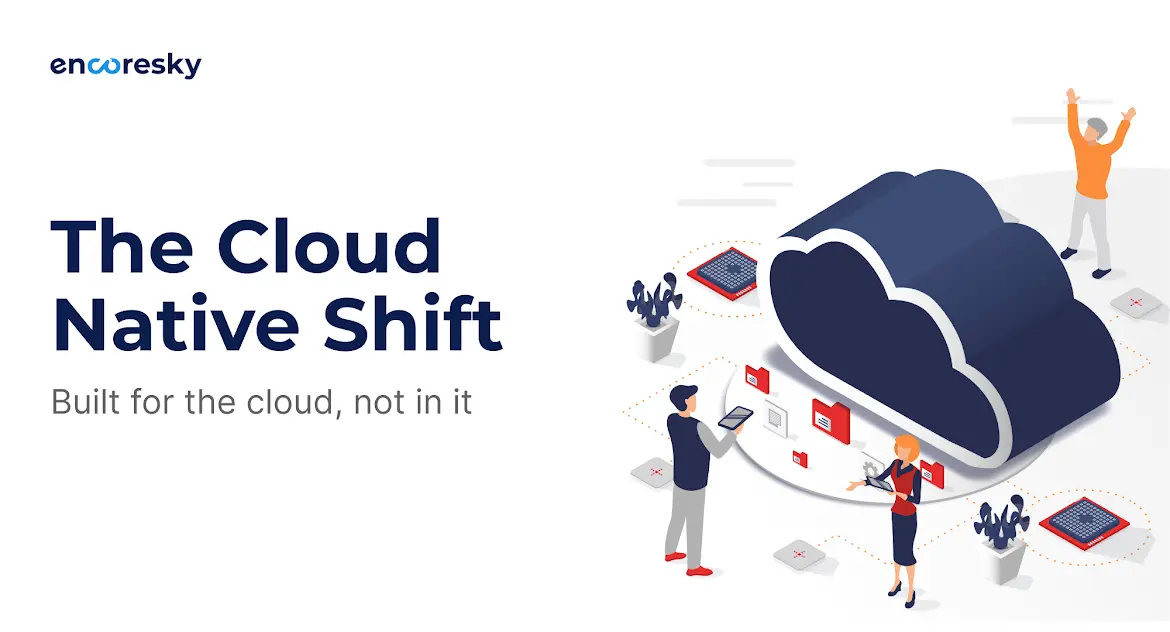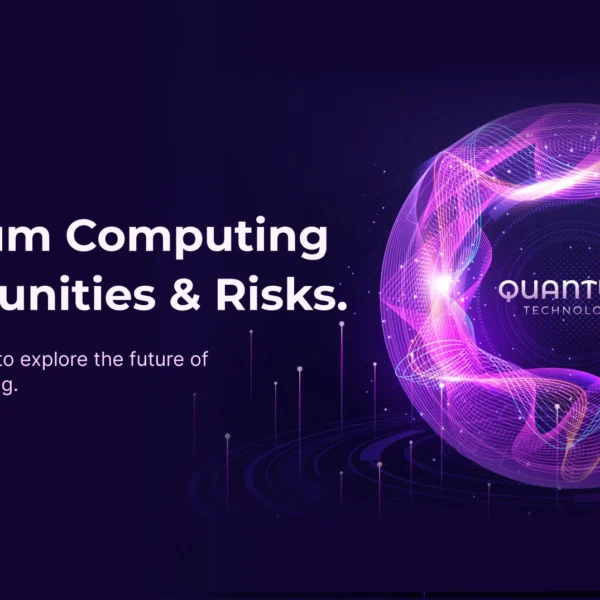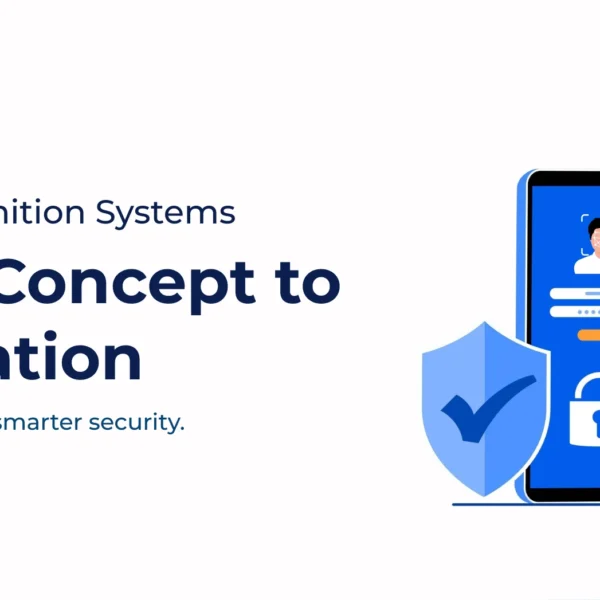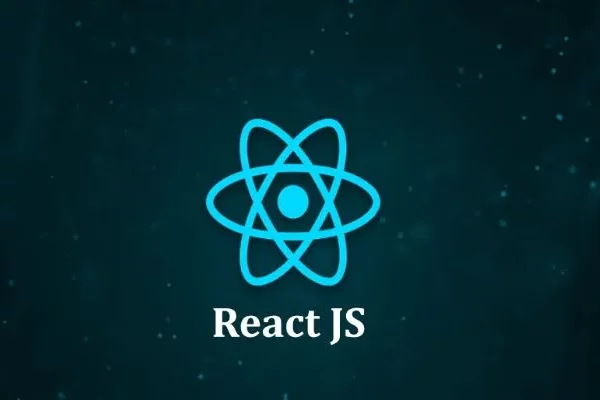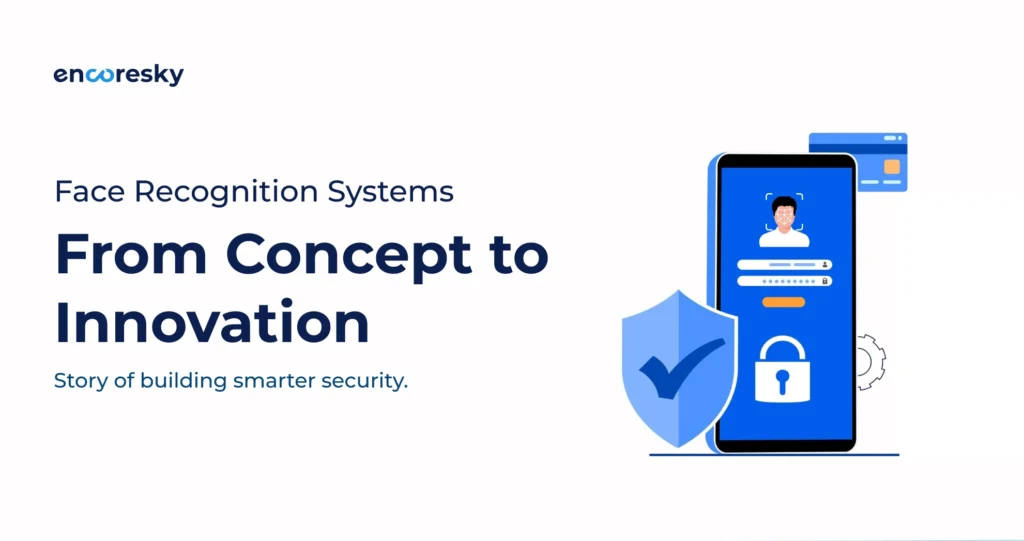Just imagine, Building apps that can grow your business, survive crashes without breaking, and resolve issues in just a few minutes instead of weeks. That’s the magic of cloud applications, and in 2025, Cloud Native is a game changer as everyone is moving on it.
But do you know what’s more exciting? They are not just using clouds but they’re fully moving into it, which is bringing many benefits and advantages. Let’s break it down in more simpler way.
What are Cloud Native Applications?
Unlike Traditional Apps, which are moving towards the cloud. Native Apps are created properly for the cloud itself.
Cloud Native Applications are software solutions designed and built specifically to run in cloud environments – public, private, and hybrid.
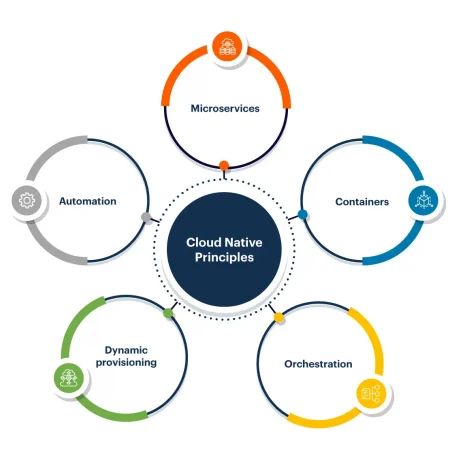
They use:-
- Microservices – many small services instead of one big one.
- Containers – to package each service with everything it needs.
- Kubernetes – to manage and scale those containers.
- CI/CD Pipelines – to quickly test and deploy changes.
- DevSecOps – to keep everything secure from start to finish.
Why Go Cloud-Native in 2025?
Cloud Native Applications are not just a trend, they’re a smarter way to build and run software. Here’s why –
- Fast Development – New features can go live in days, not weeks or months.
- Easy scaling – Apps grow or shrink automatically based on demand.
- Lower Downtime – If one part fails, others will keep working.
- Cost Control – You pay only what you use.
- More Innovation – Teams can try new ideas faster with less risk.
Why are Companies Migrating to the Cloud in 2025?
In 2025, Moving to the Cloud is not just about saving money – It’s about gaining speed, flexibility and business power. Here’s what companies are gaining:-
- Better Collaboration – Remote teams can work together using tools to test, share and launch apps from anywhere.
- Real Time Access – Data and apps are available anytime and anywhere – on mobile or app or anywhere else.
- Business Continuity – Even during disasters or outages, cloud apps stay available. Backups and recovery are built in.
- Stronger Security – Top cloud providers offer advanced security tools, regular updates, and 24/7 protection.
- AI + Cloud Power – With everything on the cloud, it’s easier to plug in AI tools, automate tasks, and predict user needs.
How to Start Building Cloud Native Apps
Moving to the cloud is just a start and a first step. Building cloud-native apps means thinking differently.
Step 1: Break the Monolith
Split your old app into smaller services. Each one should handle just one thing.
Step 2: Use Containers
Package each microservice using Docker. This keeps everything clean and consistent.
Step 3: Set Up Kubernetes
Use Kubernetes to deploy, manage, and scale your containers.
Step 4: Automate with CI/CD
Set up tools like GitHub Actions or Jenkins to automate testing and updates.
Step 5: Secure Everything
Use DevSecOps practices to protect code, data, and users from the start.
Real-World Impact in 2025
Startups are launching their apps in weeks and not in months.
Healthcare Providers are creating cloud native tools to run real-time diagnostics and remote monitoring.
E-commerce brands are handling large sales without any crashes.
Banks are delivering secure, scalable digital services while adopting cloud native for secure, scalable digital services.
Final Thoughts: The Cloud Isn’t the Future—It’s the Now
In 2025, being cloud-native isn’t optional—it’s essential.
Companies that embrace cloud-native design and cloud migration are moving faster, serving better, and staying ahead.
If you’re still running apps the old way, now’s the time to rethink, rebuild, and relaunch.
Ready to leap into the cloud? Connect with us today and let’s build something cloud-native together.
